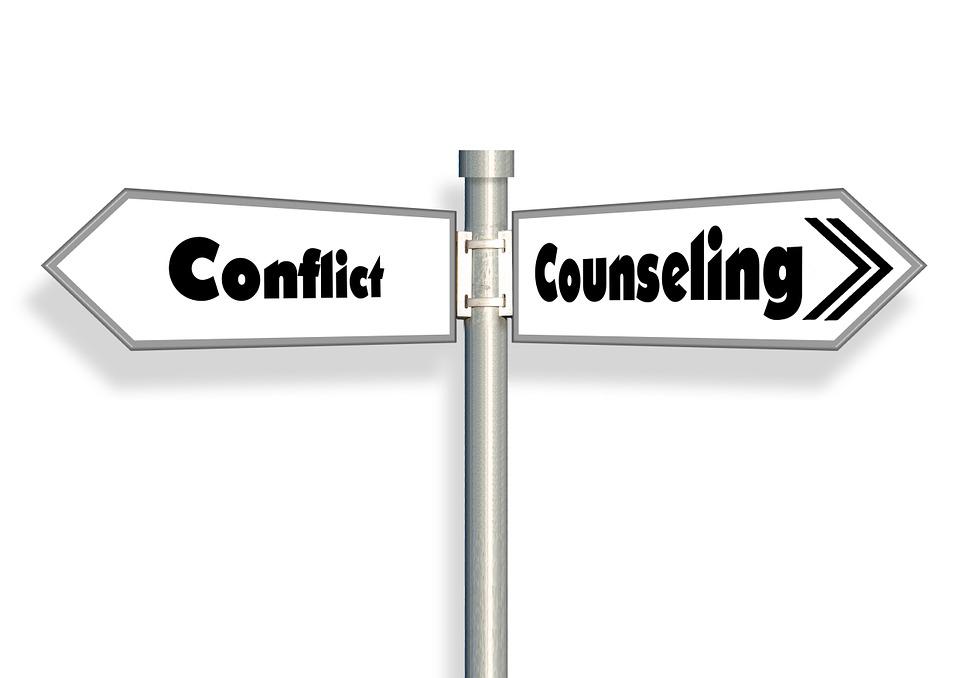Conflicts or disputes at the workplace are an inevitable part of a business’s operations. These conflicts can arise from a variety of sources due to disagreements between co-workers, subordinates and even clients. These issues need to be evaluated carefully and not looked into immediately as the failure to do so might result in heavy litigation for the business. These disputes may also ruin your business’s long-term relationships with its suppliers, customers and shareholders.
However, as most internal disputes have a negative impact on the business, managers and owners try to suppress them at every possible opportunity. But this can be a risky action that can cost the organisation heavily in litigation or tarnish its reputation. Opting for Alternative Dispute Resolution (ADR) or other inventive resolution procedures is a good way of dealing with internal conflicts.
Here’s closer look at these methods to resolve disputes:
1) ADR
ADR procedures are considered effective tools to resolve disputes within an organisation. The most common techniques of ADR are arbitration, negotiation and mediation. These methods help you to deal with the internal conflicts amicably and reach a resolution quickly.
Due to their effectiveness, courts frequently recommend ADR for resolving conflicts before going opting for a trial. Hence, if you notice any unnecessary disputes budding in your organisation, contact an experienced law firm to get it resolved for you.
2) Grievance Procedure
Conflicts need to be looked upon quickly and openly. If the culture of your company is cordial towards constructive conflicts, your managers will make sure that their employees’ grievances or complaints are heard. Hence, draft and include a formal grievance procedure in the employee handbook for the members of your organisation. When your workers come to you with their issues, respond promptly and reasonably. Let them know that their problems will always be heard and will be dealt with a team of expert lawyers.
3) Resolution Participation
When you are drafting a resolution to the existing dispute within your organisation, involve all the parties concerned. This is because there is more than one side to a conflict and it is important for all sides to benefit from its resolution. Seek a middle ground resolution that will prevent similar internal disputes from occurring again in the future. The best you can do so is by formally drafting a resolution under the guidance of your legal counsel and implementing it across all the verticals of your business.
4) Equal voices
Equal voicing for all members in an organisation is one of the most effective methods to resolve disputes. As a decision maker in your the organisation, it is your responsibility to provide unbiased judgement to your employees or any other parties involved in the dispute. Therefore, make sure you give all the parties involved in the conflict an equal voice, regardless of their position, terms of their service or fiscal influence in the organisation. Give their arguments an equal weightage while mediating a conflict.
Consider these methods to resolve disputes in your organisation. If you are having trouble implementing these procedures accurately, book an appointment with our legal experts for a better understanding.

